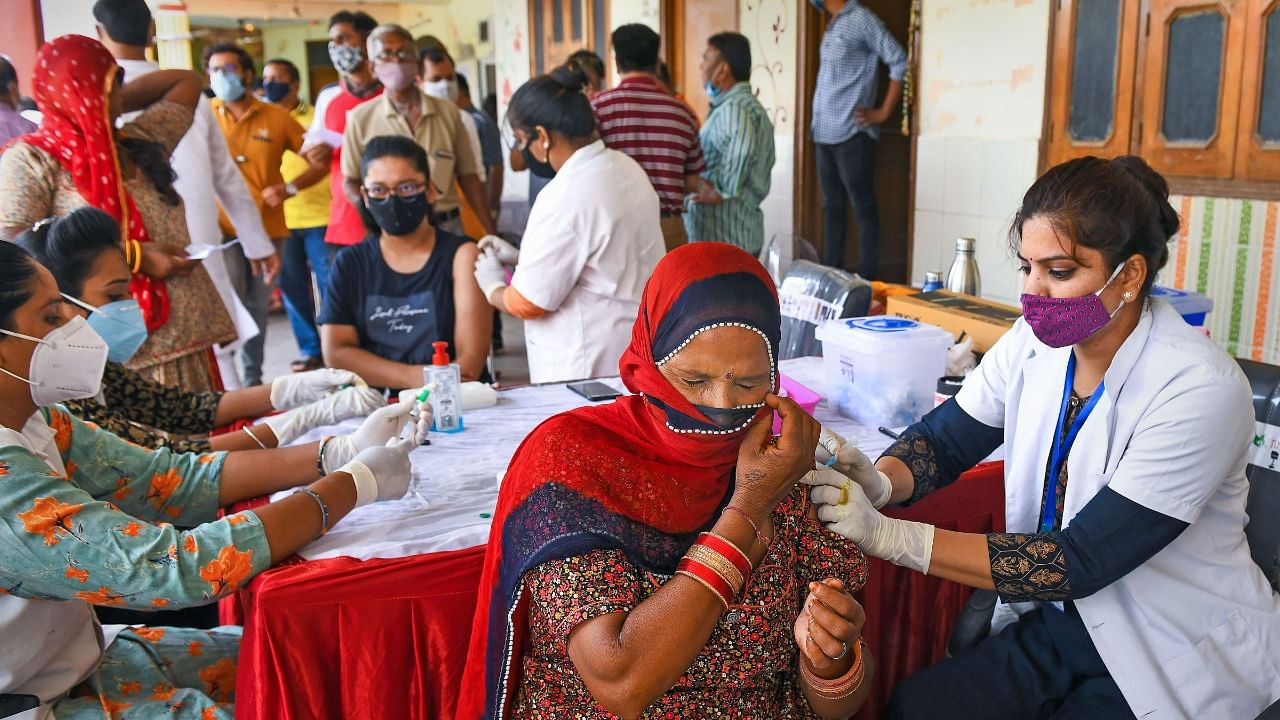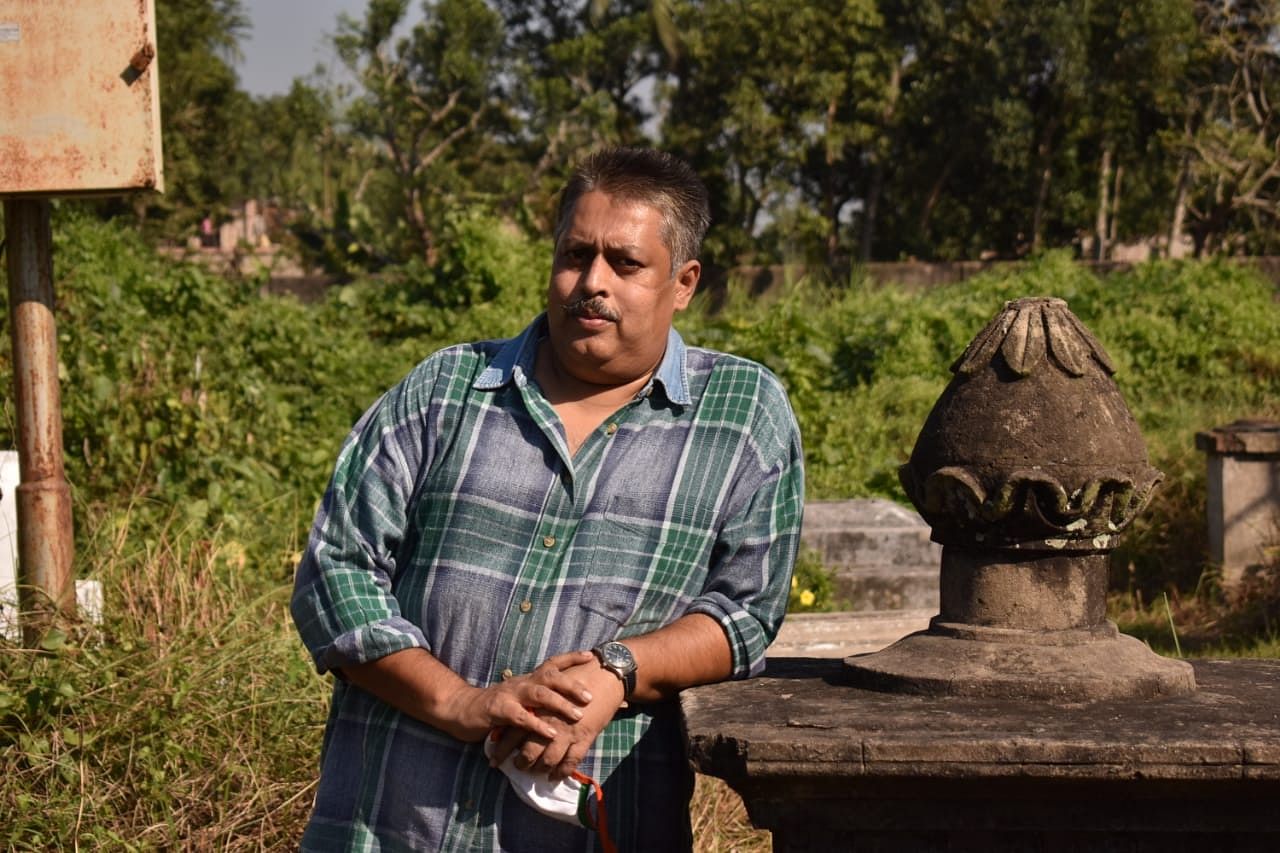
What, who, when, where, why and how — the W-H rule guiding journalists for generations is now uppermost in the minds of millions of Indians as they fret over the third wave of the Covid-19 pandemic.
When will the third surge come? Will it be as large or ferocious as the second? Where will it surface first? Who will be impacted? Why aren’t the vaccines effective? How can I protect myself and my family?
These are some of the questions with barely any answers from policymakers. Many of them are in denial, claiming that such a wave will not happen if people act in a disciplined manner and if large-scale vaccination takes place.
Both factors come with their own share of uncertainties. Experts say the third wave is a distinct possibility, if not inevitable, but the timing and scale is difficult to predict as it depends on these two factors.
With studies clearly demonstrating the benefits of vaccination, the peak in the third wave can be much lower if enough people are vaccinated, reducing the pool of susceptible population. But to achieve that, the current pace of vaccination at around 40 lakh doses per day needs to be doubled to reach the target population of 94.47 crore with two doses by December.
Vaccination drive
Though the vaccine stock available with the government and planned procurement may support such a campaign, the big questions are on timely delivery from manufacturers and the administration’s ability to sustain a relentless campaign to administer more than 80 lakh shots every single day for the rest of the year — it has been done only once so far.
With nearly half of senior citizens and 45% of 45-plus people receiving at least one shot of Covid-19 vaccine, public health experts want more focus on the 18-44 age group, which was adversely affected during the second wave.
"As long as there are unvaccinated vulnerable groups, there is a serious risk of transmission. It is people in the 18-45 age group who are actively engaged in external economic activity and a high proportion of unvaccinated among them is a huge risk. With the emergence of highly transmissible variants such as Delta, these concerns are amplified,” commented Oommen John from the George Institute of Public Health.
The jury is still out on the kids' vaccination front as several experts and professional bodies ruled out the possibility of the third wave impacting children more as feared by a section of doctors. V K Paul, the government’s principal advisor and Niti Aayog member, also observed that the government was not in a hurry to vaccinate children and would prefer to wait to analyse the results of two child vaccination studies before taking a decision.
Asked about the third wave, Paul said while the government will be ramping up health infrastructure and scaling up vaccination, it all depends on people’s behaviour.
Wave or ripple?
"If we are disciplined, the wave may not even come," he said. "If the third wave comes by November, as is being forecast on several grounds, we should be much better prepared and keep it down to a ripple rather than let it surge to a wave,” observed K Srinath Reddy, president, Public Health Foundation of India.
The experts’ opinion gained traction from two recent studies carried out by scientists at the Indian Council of Medical Research (ICMR) and the Tata Institute of Fundamental Research (TIFR) as both of them independently concluded that a nationwide third wave may not be as severe as the second one.
Using mathematical models of the transmission dynamics of SARS-CoV-2, the ICMR study examined the conditions under which a serious third wave could occur. Four hypotheses were examined as drivers of a third wave in India: (i) waning immunity without any change in the virus, (ii) emergence of a new virus variant that is capable of escaping pre-existing immunity, (iii) emergence of a more transmissible variant without loss of immunity to previously circulating strains and (iv) fresh opportunities for transmission afforded by the relaxation of local restrictive measures (lockdowns) in response to the second wave.
It suggests that a third wave, even if it occurs, is unlikely to be as severe as the second wave, given the extent of spread that has already taken place. Since a substantial proportion of the population is likely to have been exposed by now, given the explosive spread of infection across the country, the virus will require extreme scenarios for abrogation of that immunity to cause a major third wave.
Even in the case of the Covid-19 virus escaping from infection-induced immunity, the impact will be less severe when compared against the first-time infection. “Such partial loss of immunity is a more realistic scenario than complete loss of protection (as fed into the model as a deliberately exaggerated parameter), one might expect any immune-mediated third wave to be a mild one, without the severe public health challenge posed by the preceding second wave,” they reported in the Indian Journal of Medical Research.
Similar conclusions were drawn by TIFR’s Sandip Juneja and Daksh Mittal who modelled the third wave possibility against the backdrop of Mumbai.
As per their model, about 80% of Mumbai’s population has been exposed to Covid-19 by June 1. Under the assumption that all who are exposed have immunity against further infection, it is unlikely that Mumbai will see a large third wave.
A third model by IIT Kanpur mathematician Manindra Agarwal projected a small third wave between October and November — possibly keeping the festival factors in mind — which will die by December 2021. But it's pertinent to remember that Agarwal had earlier predicted the death of the first wave by February 2021 and could not foresee the second surge.
“The bottom line is: if there is no significantly faster spreading mutant, the third wave will be a ripple. And if there is such a mutant, the third wave will be comparable to the first one. However, if there is an immunity-escape mutant, all the above scenarios will be invalid!” tweeted Agarwal.
Government action
Another way to minimise the possibility of a severe third wave is early identification of hotspots and vulnerable populations and protect them. Government action is wanting on these two fronts as well.
At the peak of the pandemic in May, when there was widespread fear of the infection spreading to small towns and villages, the government announced its plans to carry out 25 lakh daily testing by May end, which was to be enhanced to 45 lakh by June. It never happened and the maximum that the government could reach was 21.81 lakh between May 21 and 27.
Genome sequencing efforts — the best route to find troubling new variants and hotspots — have also slowed down with the Centre shifting the target from “5% of all positive samples” to “300 samples from every state in every month". Such a sample size, the researchers said, was not sufficient to know about the new variants and how they are impacting disease dynamics. The sequencing of reinfections, as well as vaccine breakthrough infections, is necessary to understand vaccine effectiveness and development needs against emerging Variants of Concern.
“We hope that the lessons from Wave 2 lead to a bolstering of public health infrastructure, timely and comprehensive collection, and release of data as well as compel policymakers to act more proactively, thereby preparing India to respond to future waves and crises,” said epidemiologist Bhramar Mukherjee at the University of Michigan and her collaborators in a research paper.
